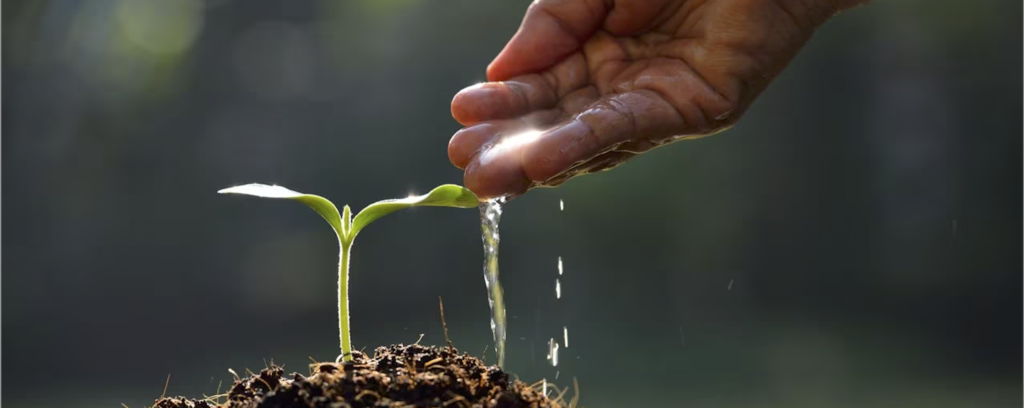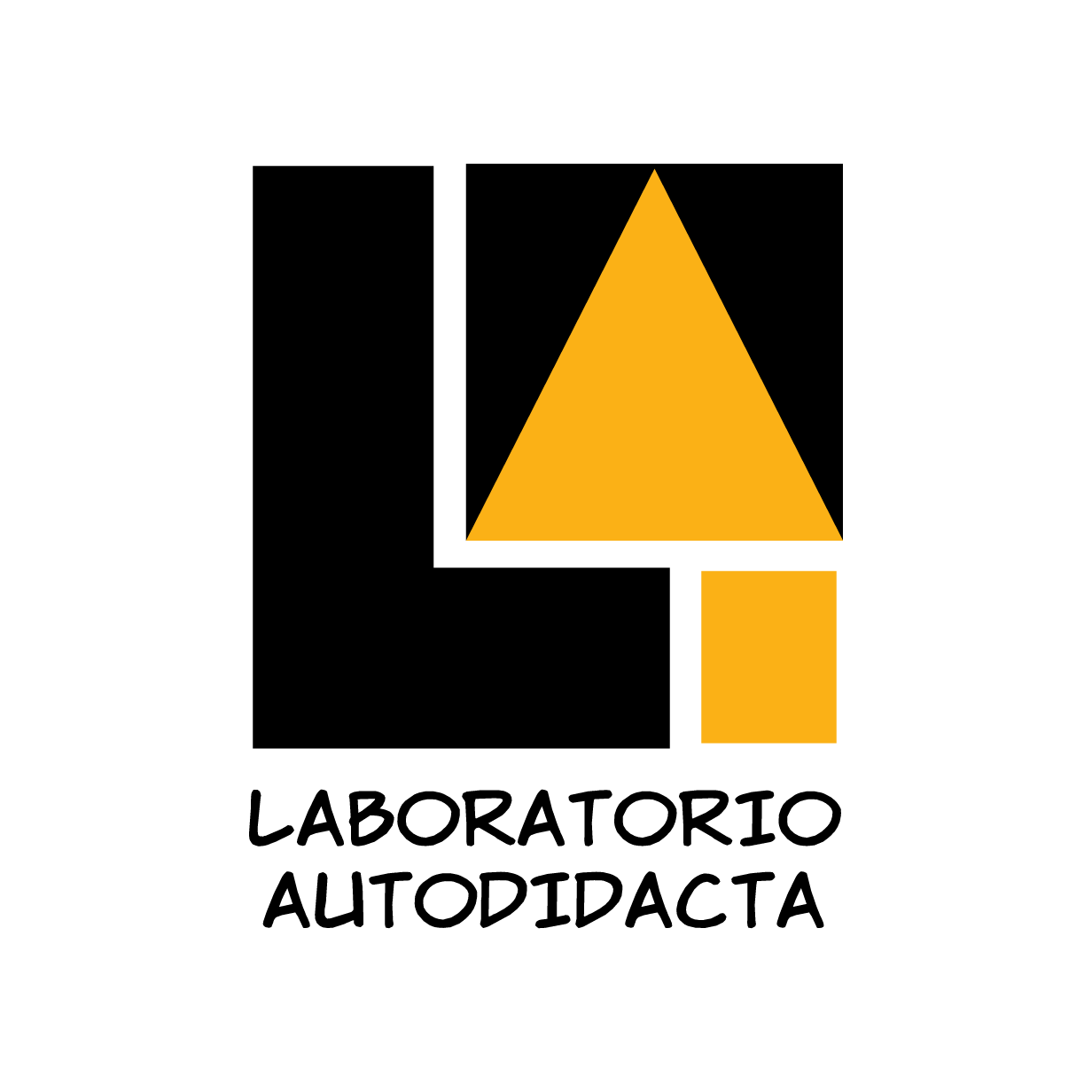
By: Esperanza Chacón Learning goes hand in hand with life, because human beings not only adapt to change, but also have the opportunity to influence their environment with profound transformations according to their uniqueness.
By assuming the paradigm of “Respect for life processes”, human beings create their own opportunities to be and to be in harmony with themselves and with Pachamama. This attitude and vision are a consequence of consolidating links and knowledge in a progressive and firm manner. In addition, human beings not only have an adaptive capacity to change, but also transform themselves in coexistence through their own activity.
In the unfolding of life, the Learning acquires meaning for each individual when it maintains coherence between the satisfaction of survival needs and personal fulfillment needs. That is to say, what it does gives it the capacity to be alive to be itself.
Even in times of imminent changes, he discovers and reinvents his own undertakings as a consequence of a constant interaction in the different social environments in which he interacts; on which depends the development of his autonomy for specific decision making and the development of the different levels of the BEING in general. What awakens the motivation to learn on one’s own.
By designing a plan to live in accordance with the belief system that one integrates into one’s being, as a product of the multiple experiences and social relationships established with others on a daily basis, projects or initiatives with “one’s own imprint” emerge.
In this way, the non-directive education that was put into practice by the Pestalozzi Experimental Center (Ecuador, 1977-2005) shows signs of intentionality, spontaneity and autonomy in the early stages of childhood; qualities that are cultivated and flourish in spaces of freedom.
The inner impulse is latent in the human being from conception, where the spark of life is ignited, which gradually manifests itself in movement, sensory perception, through spontaneous activity and autonomous activity progressively, which it integrates as a natural mode of operation. This creative impulse is a potentiality is an expression of your authentic self, which emerges from the inside out and extends to the other periods integrally.
When opportunities to experiment in different areas are created, a person obtains a wealth of experiences that become his greatest treasure, which he uses to self-manage his life in the best way he feels and thinks; here and now.
The set of coherent experiences leads to a social, emotional and cognitive maturation of the being and, in accordance with these levels, creates its own activity, which allows it to undertake and sustain the initiatives that arise, satisfying needs and activating its potentialities. In this way, their purposes and goals are fulfilled, resulting in everyone being where they want to be.
It is increasingly proven that a prepared-and-relaxed environment favors personal decision making, which is exercised on a daily basis, by choosing the activity according to their interest and need on a constant basis. Therefore, the adult accompanies him/her by providing material resources (didactic, ludic and information) with clear references – accompanyingwithout interfering in his/her process.
Thus, each one will interpret what he/she does and feels according to his/her state of maturity. For example, 7-year-old Violeta enjoys arts and crafts projects; she has chosen to make different clothes for the doll family. The materials are within reach: fabrics, scissors, threads and magazines with clothing models. The adult observes and shows his/her availability for when the girl requires it; if it is feasible, he/she will elaborate some garment with the measurements to provide her with a reference. It is clear that she will not carry out the girl’s project, as she does not sew by hand on the fabric, it seems to her a long process, but uses hot glue, she gets impatient for the result, first checks if it is already measured and if it fits, and is finished with the pleasure of dressing the doll in new clothes.
So too, Leo, 7 years old, wants to do math, he says he wants something “hard”, something for grown-ups. The material he chooses: the colored balls and the perforated board, he takes at random a card: 3×3= he looks at it and does not know what it says, then, the adult reads it like this, “three times three equals…” The child does this exercise in an operative way as the adult reads it; therefore, he places three balls each time, and gets three rows with three balls in each one, counts them and has a total of nine balls. At the end he exclaims: I can read mathematics!
“In our fluid interaction with the environment, choices are not limited to perception, but naturally extend to action as well. We participate in a regular flow of actions and reactions in the PA* cycle, continually adjusting and readjusting to our environment and its changes, many of which are produced by ourselves.” (Dr. Joaquín Fuster, 2013)
*Perception-Action Cycle = PA
At all stages of life, the development of autonomy in human beings is innate, allowing them to fulfill their life plan through autonomous activity, which implies self-discovery, another fantastic gift that, by aligning decision-making, desires and goals, will transform learning and free them from the constraints of “having to do”, “should be” and assume the “want to do”. Consequently, you enjoy what you do, because decisions come from the heart.
I remember when Pedrito, at the age of 8, grew lettuce, radishes and carrots in his garden. I will never forget the joy in her eyes when the first shoots sprouted and she even brought a tape measure with her to measure. He did this each time and recorded the measurements on a chart with the days and values. This helped to increase his motivation to continue tending his garden. In addition, the desire to learn about plants, insects and the life cycles of each living being was awakened.
In short, a person who achieves his or her goals learns with pleasure in any field and feels satisfaction in what he or she does. In turn, it is concerned with the development of its SER. This is due to the fact that the tendency is to move to more complex levels of knowledge, since it is motivated to unveil its own questions.
A phenomenon that occurs is that, even when he solves his questions and understands what he is doing, he also leaves room for error. However, with a persevering attitude, he chooses to change direction, strategy, and plans, and he
He dares to try, to experiment; with this dynamic, he opens the possibilities for the resolution of problems in an intelligent way and this in turn produces astonishment or bewilderment, as the case may be.
One day, a boy prepared a pizza in the kitchen area, just as he was accurately dividing the slices to toast his guests. A visitor watching him asked, “What pizza did you make?” The child replied, “I’m one ingredient short of being the Hawaiian pizza.” The visitor asks, “May I try?” He gives it to her and, upon tasting it, exclaims, “It’s delicious!” He adds, “You’re a good cook!”. The child replies, “I’m not yet, because I still need to learn some things”. Although it would seem to be a homemade act, it reveals a state of consciousness in the child, which is not determined by the adult’s perception, but emerges from his inner voice.
Learning unfolds naturally when conditions are created that are conducive to experimentation, exploration, motor movement, sensoriality, operability and autonomous investigation. I would like to suggest that through multiple experiences, what is activated is self-education. These dynamics strengthen the knowledge network.
It is confirmed that the diverse stimuli lead us to actions, our own experiences, which are the catalysts that expand the possibilities of connection of the neuronal tissue and consolidate the Cognitive Network.
Therefore, the child, young person or adult feels wellbeing and, in turn, self-confidence, invaluable resources to manage his or her life. He or she even recognizes that it is he or she who provides him or herself with a state of inner harmony; this depends on his or her state of maturity.
Likewise, we will focus on the satisfaction of our vital needs and self-realization, which is the equivalent, to BE and to BE happy. Then we will discover that the tools for self-management and self-help are within each of us.
Self-taught Laboratory By: Esperanza Chacón
